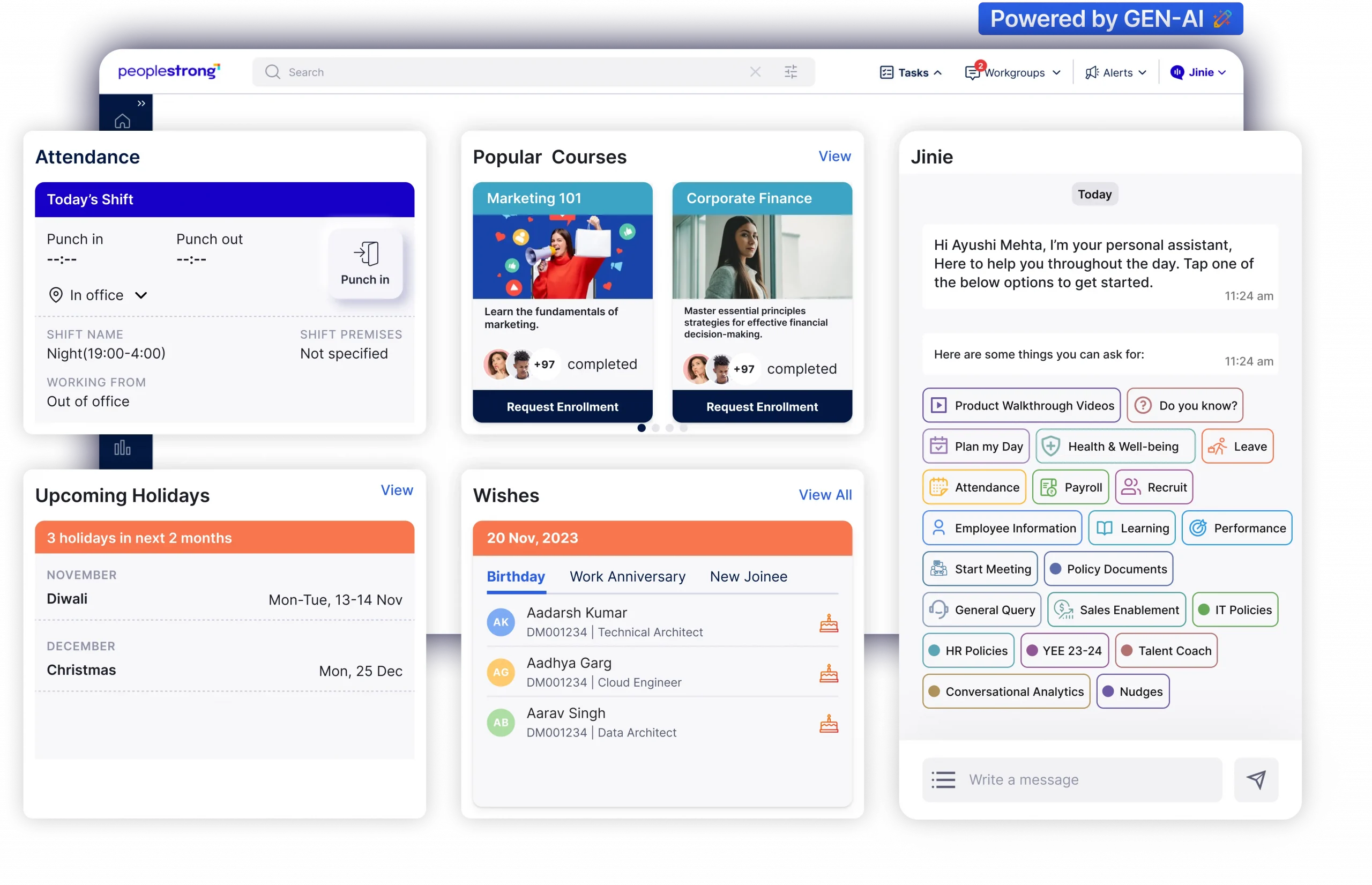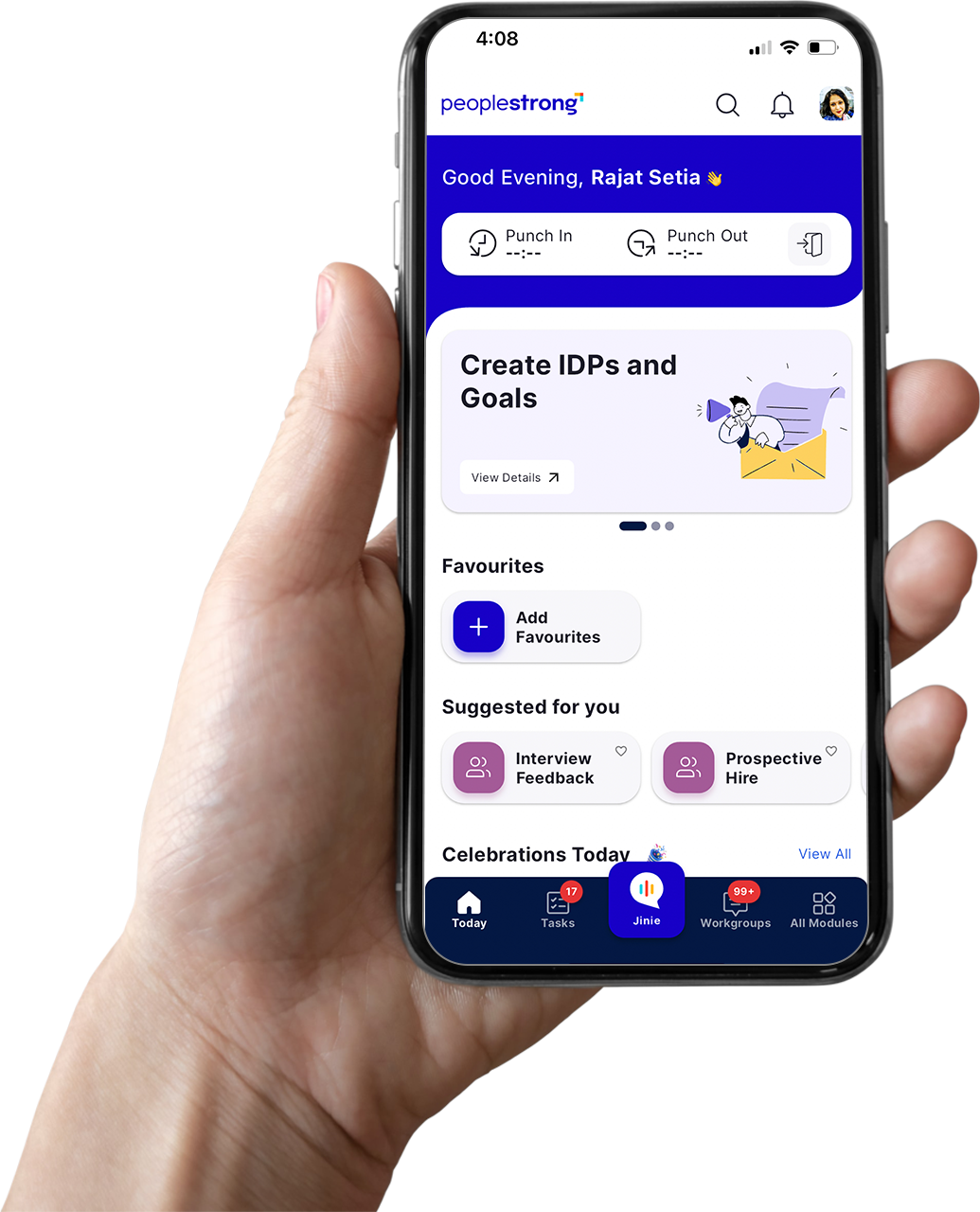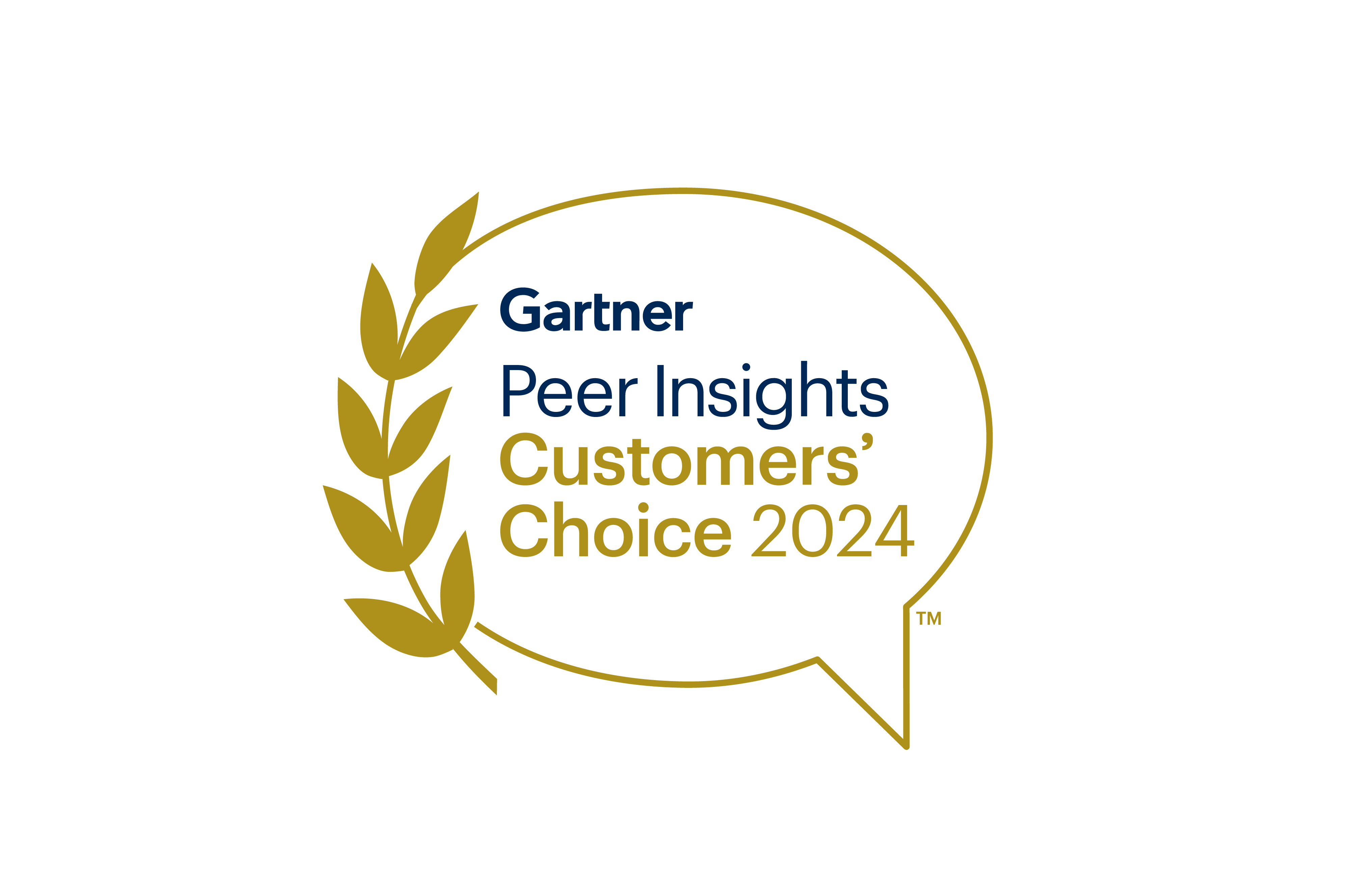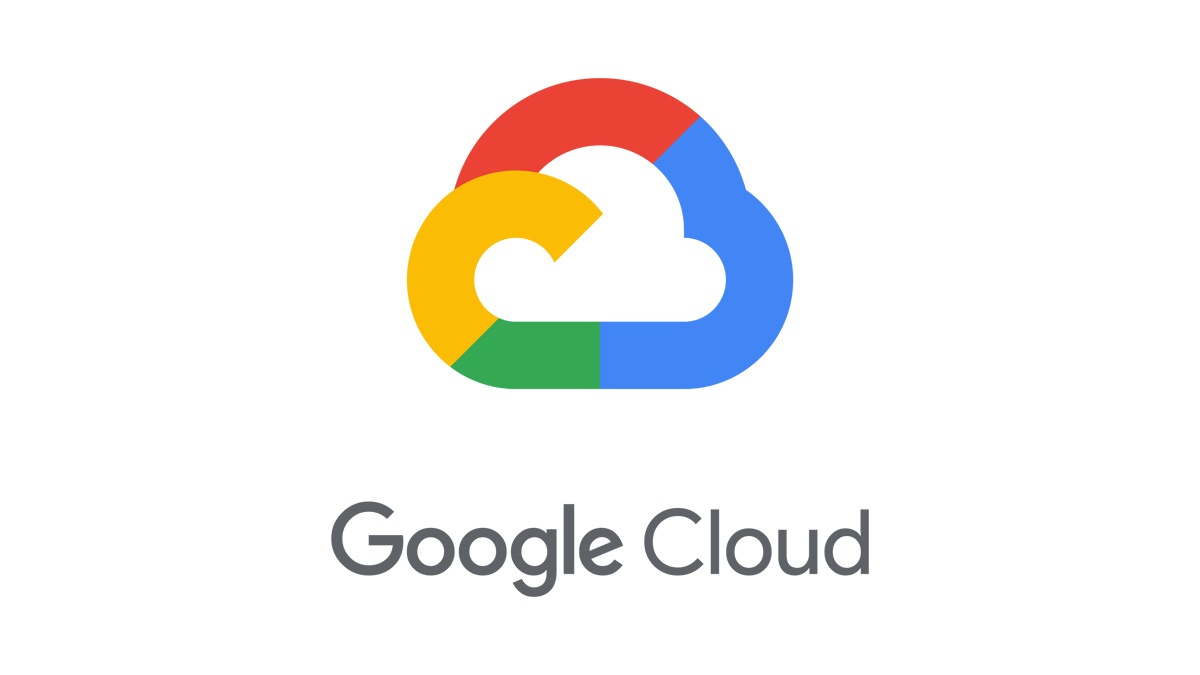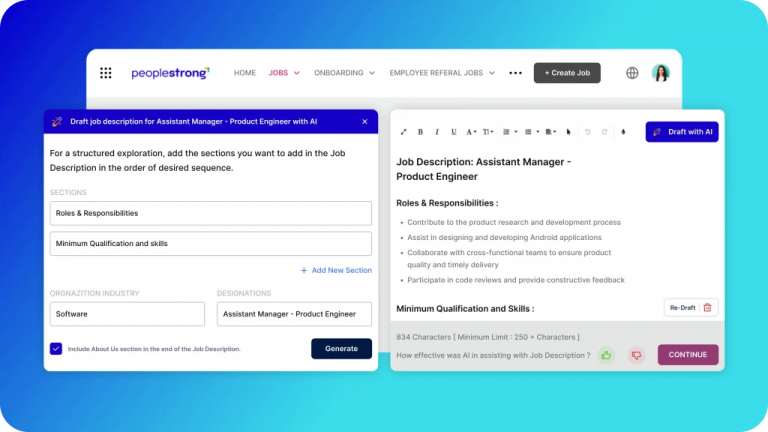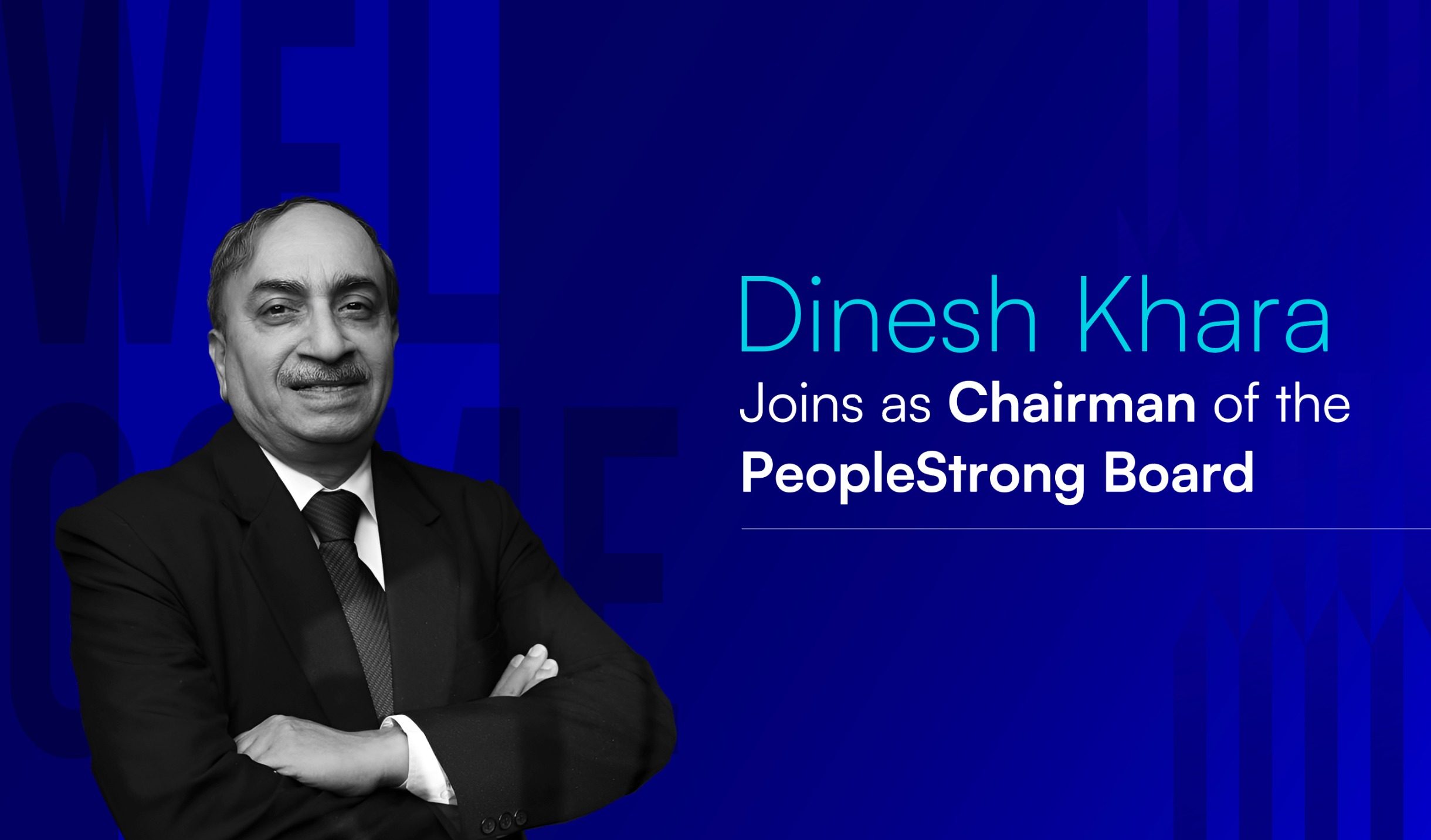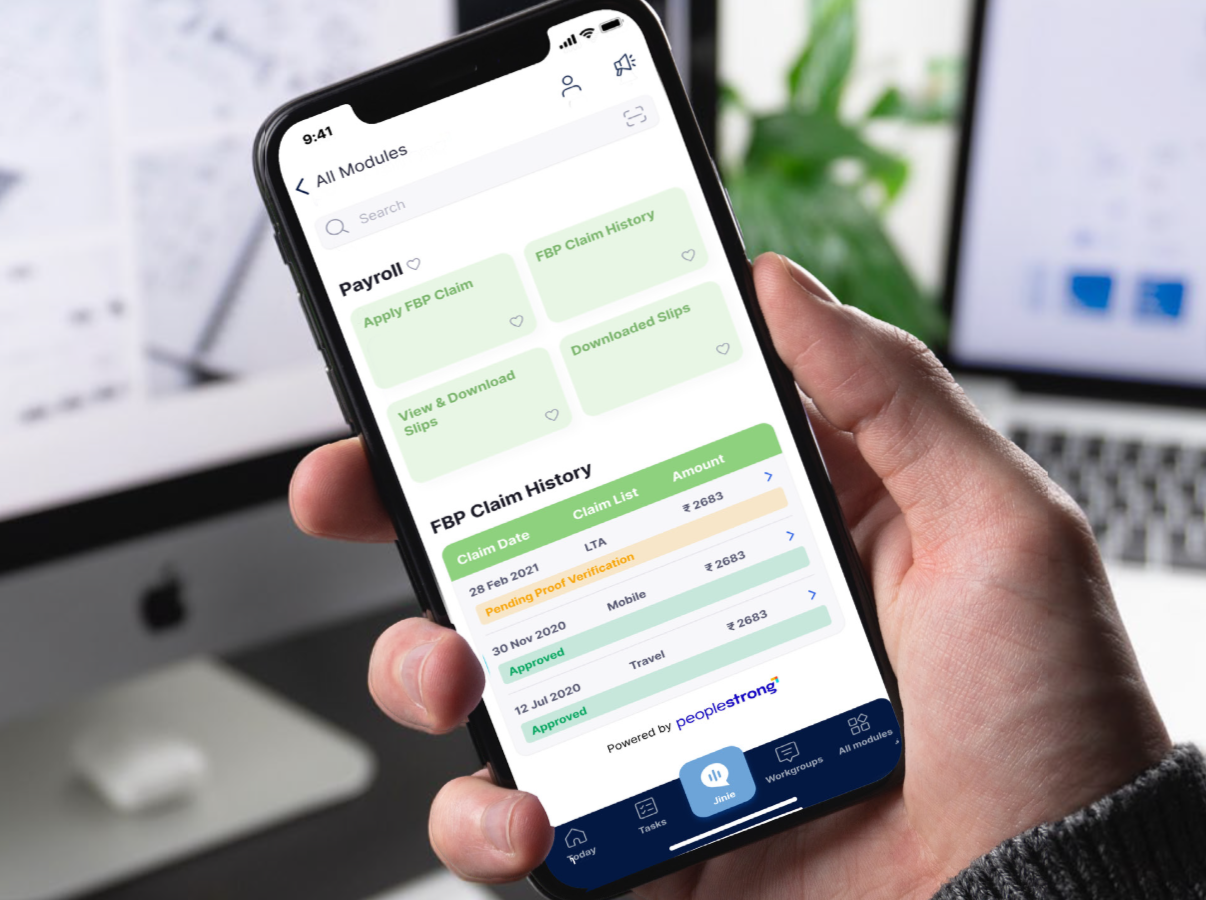As an HR professional, you’ve already got your hands full. With tasks ranging from employee offboarding and compliance to payroll processing and recruitment, your job isn’t just versatile—it determines how well the company operates.
But juggling so many hats can get tiresome very fast. According to research, more than 57% of HR professionals operate beyond regular capacity. This impacts their performance adversely, and in turn, HR results.
Fortunately, this is where a Human Resource Management System (HRMS) comes into play. Read this blog as we outline the benefits of HRMS and how it can streamline your HR operations.
What Is HRMS Software?
An HRMS software is a tool that makes it easier for organizations to deal with their HR functions. It processes and streamlines key HR functions, including recruitment, hiring, onboarding, employee training, and payroll management in order to limit hand-to-hand work, accuracy, and inefficiency.
Here’s an example:
A mid-sized marketing agency with 150 employees had its employee data spread all over the place, was processing payrolls manually, and had inconsistent leave management. So, it installed an HRMS software.
The software streamlined payroll, facilitated recruitment, supported self-service leave requests, and provided real-time reports. Thus, HR admin time decreased, salary errors diminished drastically, and employee satisfaction increased because of improved transparency and quicker approvals.
What Are the Functions of HRMS Software?
HRMS software is meant to assist HR professionals in carrying out their work. Therefore, they are versatile and facilitate different HR procedures. Five of the most significant ones are listed below:
Employee Data Management
HRMS software acts as the central hub for all sorts of employee information. It stores and organizes crucial data, such as an employee’s personal details, contact information, background history, essential documents, etc. Some of them also offer data backup and cloud storage facilities.
Recruitment and Onboarding
HRMS software automates many of the steps in the otherwise time-consuming recruitment and onboarding process. It includes publishing job advertisements, handling applications, fixing interviews, etc. Some of the advanced ones also allow you to follow up with candidates, so you do not require a standalone Applicant Tracking System (ATS) for that.
Payroll Processing
HRMS tools are packed with robust payroll processing features that help with salary calculations, deductions, and tax filing. But that’s not all—they also let you generate payslips, make direct bank transfers, and create payroll reports. Some tools also offer multi-country payroll processing.
Performance Management
More often than not, performance management tends to be the process that HR professionals usually devote most of their time in. But HRMS tools help avoid this by facilitating goal setting, performance reviews, and feedback mechanisms. They also provide ready-to-use appraisal templates and performance dashboards.
Compliance
HRMS tools come equipped with several compliance features, such as built-in compliance checklists, audit trails, and reporting. Some of them also let you automatically calculate statutory deductions and store important compliance-related documents for a comprehensive experience.
Suggested Read:
13 Best Human Resource Management Software (HRMS) in India
Benefits of HRMS Software : 12 Reasons Your Company Needs It
Now, let’s come to the crux of the topic. Here are 12 of the most remarkable benefits of HRMS tools that make them a must-have for every organization:
1. Reduces Clutter
Regardless of the number of employees your company has, keeping their data properly organized is an absolute necessity. This allows you to access information whenever you need it. But relying on physical folders and files for this could lead to disorganization, despite your organizational skills.
Here, HRMS solutions prove useful. They keep all the employee information in one digital, central location. This ends the necessity of maintaining multiple spreadsheets and papers, reduces clutter, and enhances accessibility.
2. Minimizes Payroll Errors
Payroll processing is not only a mundane job—it’s error-prone as well. Statistically, approximately 88% of HR professionals commit routine payroll errors that are hard to detect and correct. Furthermore, they also trigger financial inconsistencies and result in poor employee satisfaction levels.
But this is where HRMS software comes in and makes a tremendous positive impact. These applications are automation-driven. So, they don’t simply compute salaries—they take into consideration every deduction, bonus, and tax to determine the appropriate amount. This ensures accuracy and timely payment for the employees.
3. Improves Productivity
By default, an HR professional is required to do several tasks. These range from hiring new staff, processing payrolls, managing performance, and compliance, among others. But every single one of these tasks is comprised of hundreds of tiny activities that are largely repetitive in essence, such as providing approvals, screening resumes, and keying in attendance details. With time, these procedural processes can prove to be a burden and consume productivity.
That’s where HRMS tools help. They automate repetitive HR tasks instantly, freeing up valuable time and mental bandwidth so HR professionals can focus on strategic initiatives without compromising efficiency.
Suggested Read:
21 HRMS Features You Need to Evaluate Before Investing
4. Ensures Compliance
Compliance with labor laws and regulations is essential for all organizations to ensure legal issues never arise. But due to their ever-changing nature, it is not possible to keep track of every rule, regulation, and standard implemented by the government. As per a 2025 report, up to 50% of organizations encountered at least one compliance problem during the last three years, while 31% encountered it more than once!
HRMS software provides compliance assistance in various ways. They can assist you in creating audit-ready reports and hold complete records for statutory purposes, as PF and ESI. They are also constantly updated to match the new rules, so you are always in sync with laws and regulations.
5. Facilitates Data-Driven Decision-Making
Whether you’re recruiting the ideal candidate out of a bunch of applicants or maximizing workers’ performance by their KPIs, you need buckets of correct data in order to make essential HR decisions. But having to get them all from scratch is such a hassle.
This is where HRMS software can prove useful. These tools not just store data—they can also analyze it to provide actionable insights, like cost per hire, employee performance ratings, headcount trends, overtime patterns, etc., to help you make the right choice.
6. Boosts Employee Engagement
Research shows that engaged workers perform more than 40% better than their disengaged counterparts. But few organizations achieve such high employee engagement rates because of problems such as workload mismatch, payroll inaccuracies, and lack of recognition.
HRMS software tackles these problems. From efficient workload planning to personalized performance benefits, it optimizes each HR process to boost employee engagement and satisfaction.
7. Enhances Scalability
Manual HR teams generally don’t have the resources to address the needs of a growing workforce. This not only makes it difficult to manage employees but, over time, also hinders the organization’s growth.
This is yet another disaster HRMS software avoids. They grow with your company. So, whether you’re opening up new offices, increasing the number of employees, or implementing intricate organizational hierarchies, the system adjusts for these developments without requiring a total overhaul.
8. Empowers Employees
Believe it or not, employees don’t like ringing up their HR manager each time they need to apply for leave or update their personal details. It’s time-consuming and feels highly restrictive and outdated, especially in today’s digital-first workplace.
This is where an HRMS will enhance efficiency. They often come with a built-in Employee Self-Service (ESS) portal, which is a dashboard that enables employees to report their attendance, RT and other HR functions such as applying for leave, updating information, etc. By adopting an ESS portal, employees can perform these HR functions without having to physically or digitally bother the HR manager, which also gives a sense of autonomy.
9. Reduces HR Administrative Costs
According to research, a company spends an average of 0.74% of its revenue on HR management. A significant portion of this percentage is made up of day-to-day administrative expenses, like data entry, document management, payroll processing, etc.
A robust HRMS tool can help you reduce your HR costs by automating each of these repetitive, administrative duties. In fact, it also maximizes their execution accuracy, so you don’t have to spend extra dollars fixing them.
10. Enables Remote Operations
Globally, over 28% of employees work remotely, and this percentage will only go up as technology becomes more advanced. Relying on legacy HR practices for recruitment, payroll, performance management, or any other function can not only reduce your efficiency but also increase your costs. It can also make it difficult for you to manage your workforce.
In this context, HRMS software emerges as the perfect solution. It acts as a centralized, digital HR hub of an organization so all of its HR functions and processes can be managed from remote locations. This makes it such a future-proof piece of technology for every workplace.
11. Fosters Employee Development & Training
Employees don’t just work for an organization that pays heed to their development—they deeply value it. This translates to enhanced engagement, better productivity, and eventually increased profits.
An HRMS tool can help you foster employee development and training in your company by offering personalized Learning and Development (L&D) modules for your teams. This can help them develop new skills, fill existing skill gaps, and earn certifications that can go a long way in building their careers.
12. Enhances Internal Communication
If you have a remote team or a large workforce, maintaining internal communication efficiency can be difficult, and that’s natural. In the absence of a unified system, messages can easily get overlooked, which eventually hurts organizational efficiency.
This is another vital area where HRMS software is beneficial. In most cases, it connects with business communications applications and tools like Slack, MS Teams, and Zoom; so you can send messages in a centralized way and maintain clarity with the rest of your team.
Are There Any Disadvantages to HRMS Software?
In the previous section of this blog, we discussed the much-awaited HRMS benefits for organizations. But now, let’s take a look at some of their drawbacks:
Complex Setup
Although HRMS Tools provide superior optimization of HR processes because there will be no manual effort, very seldom is the implementation that easy. To implement an HRMS tool you need to dedicate a significant amount of time and effort into planning how the tool will be implemented even for large organizations with many employees.
Lack of Comprehensiveness
Perhaps one of the most significant disadvantages of HRMS software is that it is not comprehensive. Not all tools are capable of meeting all needs—one might be geared towards recruitment, while the other merely supports payroll. This incompleteness translates into having to use other tools to meet the gaps, resulting in fragmented systems and inefficiencies.
Data Security Risks
Did you know—as many as 46% of all cyber breaches tend to target businesses with under 1,000 employees. Since HRMS tools also store crucial employee data, just a single breach or security lapse can put all that data at significant risk.
Limited Integrations
Particular HRMS software does not interface well with other sections of the HR System, for example, accounting software, productivity suites, or ERP packages. This may introduce unnecessary constraints into the workflow and make your organization less efficient.
How to Mitigate the Drawbacks of HRMS Software?
Although HRMS software has some built-in drawbacks, there are numerous ways you can resolve them to suit your requirements. Here’s how:
Select the Right Vendor
A degree of complexity is inevitable when rolling out an HRMS tool, particularly if it’s your initial time doing so. But using vendors who have established implementation know-how mitigates the risk. They offer extensive onboarding, training, and customer support, making the whole setup process quick and hassle-free.
Clarify Your Needs
Not every HRMS solution is full-fledged, and that’s fine. If you’re a small company with few HR needs, determine your pain points and choose a tool that excels at solving them. This will save you from a system that’s too pricey and convoluted for your requirements. Or, if your business requires full-fledged HRMS software, make sure to review the tool’s capabilities prior to purchasing it.
Verify Data Security Standards
Don’t settle for a tool that meets your daily HR requirements. Verify the data security standards of the software to make sure it’s suitable to manage important employee information. Check for certifications such as ISO 27001, SOC 2, GDPR, and options such as data encryption and multi-factor authentication.
Assess Integration Capabilities
In order to maintain your flow seamlessly integrated, opt for an HRMS solution that provides open APIs, pre-configured connectors, and customized integration assistance. Ensure it integrates well with key HR tools such as payroll software, accounting software, and communication software.
Conclusion
The benefits of an HRMS tool are not only about automation—they’re about providing you with more time, control, and clarity. Whatever it is—managing payroll, monitoring performance, or enhancing employee engagement—an HRMS allows you to take the headache out of manual tasks and concentrate on driving actual impact. With the appropriate tool, you can shift HR from a helpful function to a driving force.
Looking to unlock the true potential of an HRMS tool for your organization? Discover how PeopleStrong’s HRMS can enable you to streamline your processes, make more informed decisions, and upgrade your HR game.
Get moving—connect with us!
FAQs
Which organizations require HRMS software?
HRMS software can be helpful for all kinds of companies. However, it’s crucial for organizations that want a tool to manage employee data, streamline HR processes, or achieve better HR outcomes.
What is the objective of HRMS?
The main objective of an HRMS tool is to automate and simplify essential HR processes, such as recruitment, payroll, training of employees, and performance management by minimizing manual efforts.
Which is the best HRMS software in 2025?
The “best” HRMS software varies for every organization, depending on its size, budget, and the complexity of HR processes. Though a few platforms consistently emerge as leaders in their segments
- PeopleStrong – Trusted by mid to large enterprises for its scalability, deep compliance coverage, and AI-powered features.
- GreytHR – works well for mid-sized businesses
- Keka – Popular among startups and smaller companies for its simple, easy-to-use interface.
All of these offer core features like payroll automation, attendance management, compliance support etc, but their strengths vary based on scale and use case. For a full comparison, see our guide: [13 Best Human Resource Management Software (HRMS) in India].
